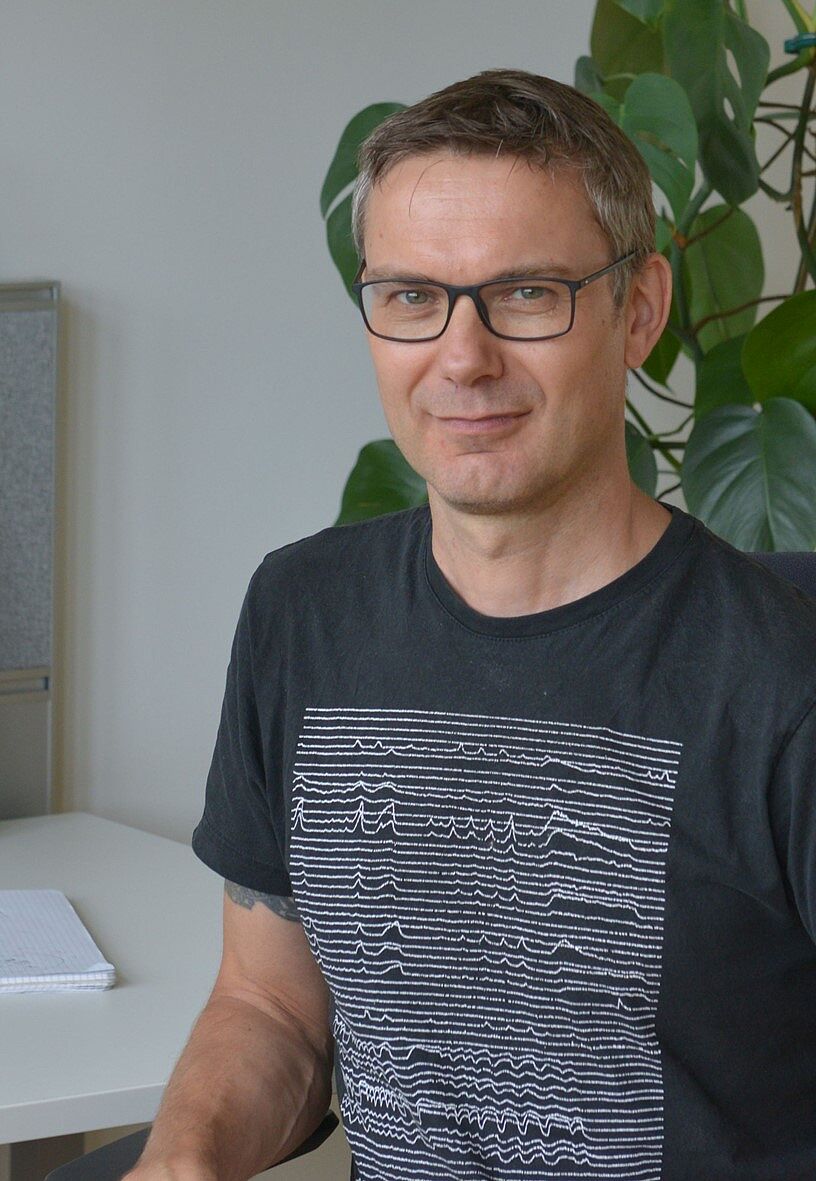Manuel Zimmer
Animals perceive the outside world always simultaneously with their own ongoing actions and seem to combine these information flows. A new and surprising observation in Neuroscience is, however, that such embodied perception is distributed all over the brain. But what is the advantage and function of this phenomenon? The neurobiologist Manuel Zimmer will solve this puzzle in his research project taking advantage of a small roundworm named C. elegans. With the support from the ERC grant amounting to 3.5 million euros, the team will develop new microscopy and computing technologies to monitor and analyse brain activity from completely freely crawling worms that explore and navigate naturalistic environments to find food. Given the small size of the worm’s nervous system and the ability to monitor brain-wide activity and behaviour with granular detail, Zimmers team will be able to investigate and model how an animal perceives the outside world and processes this information in the context of its own behaviours. This will enable the scientists to formulate new hypotheses about the function of brain-body-environment interactions that can then be tested in large animals with brains more similar to the human brain.

